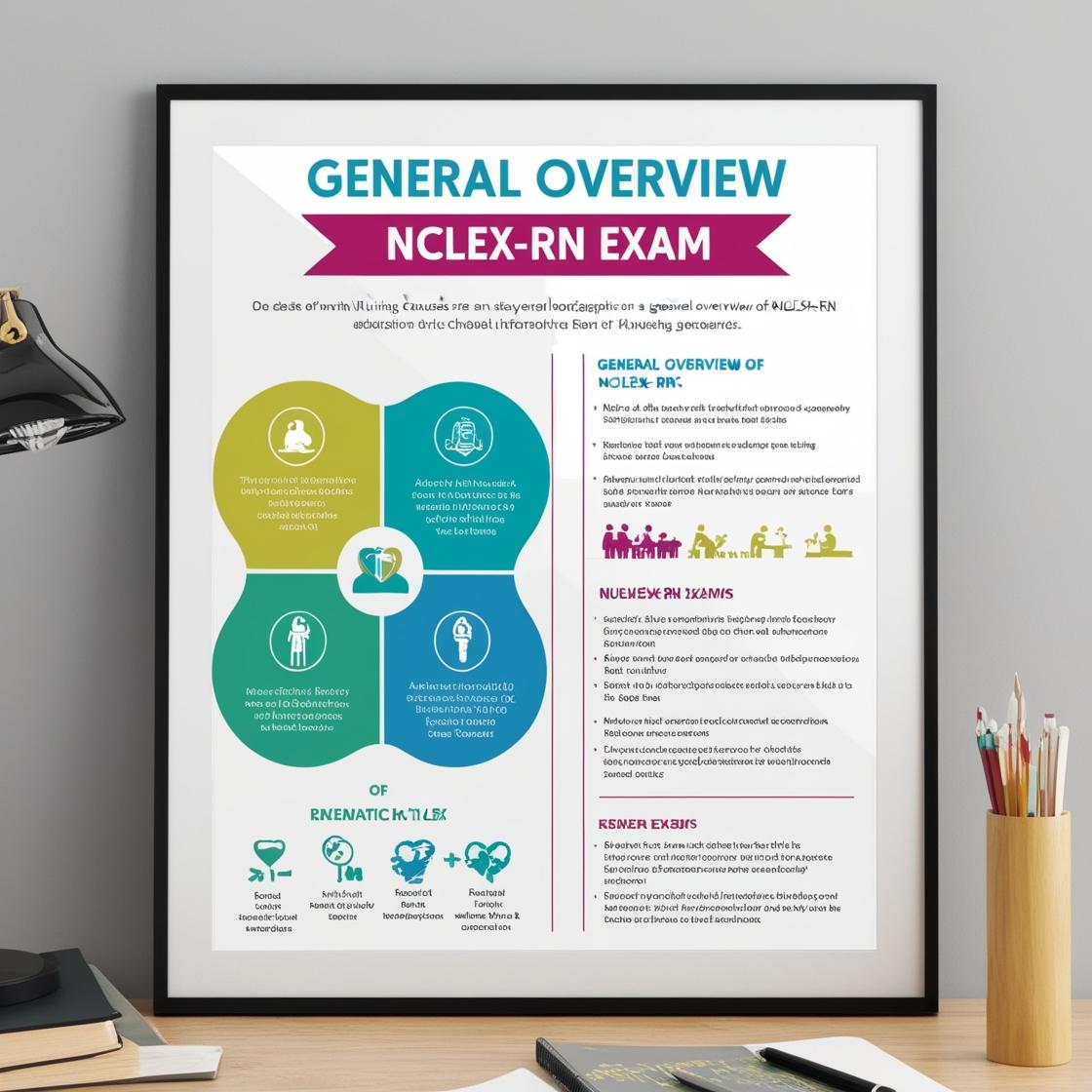NCLEX-RN
NCLEX RN Exam Review Answers
1. Which of the following clients have barriers to accessing healthcare?
- A. A 36-year-old client who must use a wheelchair for mobility
- B. A 44-year-old client who is visiting the United States on a visa from India
- C. An 81-year-old client who is unable to drive
- D. All of the above
Correct answer: D
Rationale: All of the provided clients have barriers to accessing healthcare. Clients with physical limitations, such as the 36-year-old client using a wheelchair, may face challenges in mobility and accessing healthcare facilities. The 44-year-old client from India visiting the United States on a visa may encounter barriers related to language, cultural differences, or insurance coverage. The 81-year-old client who is unable to drive may struggle with transportation to healthcare appointments. Therefore, all three clients face different barriers to accessing healthcare, making 'All of the above' the correct answer.
2. A 27-year-old writer is admitted for the second time accompanied by his wife. He is demanding, arrogant, talks fast, and is hyperactive. Initially the nurse should plan this for a manic client:
- A. Set realistic limits to the client's behavior
- B. Repeat verbal instructions as often as needed
- C. Allow the client to express feelings to relieve tension
- D. Assign staff to be with the client at all times to help maintain control
Correct answer: A
Rationale: For a manic client who is hyperactive and may engage in injurious activities, setting realistic limits to the client's behavior is crucial to ensure safety. A quiet environment with firm and consistent limits helps in managing the client's behavior effectively. While repeating verbal instructions can be helpful due to the client's distractibility, it is not the priority compared to setting limits for safety concerns. Allowing the client to express feelings is important, but it should be done through non-destructive methods. Assigning staff to be with the client at all times is not realistic or feasible in the clinical setting and does not address the core issue of managing the client's behavior and ensuring safety.
3. The healthcare professional needs to validate which of the following statements pertaining to an assigned client?
- A. The client has a hard, raised, red lesion on his right hand.
- B. A weight of 185 lbs. is recorded in the chart.
- C. The client reported an infected toe.
- D. The client's blood pressure is 124/70.
Correct answer: C
Rationale: Validation is the process of confirming that data are actual and factual. Data that can be measured can be accepted as factual, as in options 1, 3, and 4. The weight, blood pressure, and physical appearance of a lesion can be objectively verified. However, option C, the client reporting an infected toe, requires the nurse to directly assess the client's toe to confirm the statement. This choice involves subjective data that needs to be validated through direct observation, making it the correct answer. Options A, B, and D provide data that can be measured objectively and verified without the need for further assessment.
4. The nurse is discussing the need for early diagnosis and treatment of autism spectrum disorder (ASD) with parents of children suspected of having the condition. Which statement should the nurse include?
- A. Early diagnosis and treatment provide the only means for a cure of ASD.
- B. Early diagnosis and treatment gives your child the best chance of becoming a fully functioning adult.
- C. Early diagnosis and treatment provides the best way to ensure that your child can be admitted to an assisted living facility as an adult.
- D. Early diagnosis and treatment prevent your child from developing any other mental condition.
Correct answer: B
Rationale: The correct statement for the nurse to include is that early diagnosis and treatment provide the best chance for the child to become a fully functioning adult. It is important to educate parents that while early intervention can improve outcomes for individuals with ASD, it does not offer a cure but helps in managing symptoms and developing necessary skills. Choice A is incorrect as there is currently no cure for ASD. Choice C is inaccurate as early diagnosis and treatment focus on improving the child's quality of life and independence rather than ensuring admission to an assisted living facility. Choice D is incorrect as early diagnosis and treatment of ASD do not prevent the development of other mental health conditions; however, they can help in identifying and managing such conditions early on.
5. A client with schizophrenia seems to stop focusing during a conversation with a nurse and begins looking at the ceiling and talking to themselves. Which of the following actions should the nurse take?
- A. Stop the interview at this point and resume later when the client is better able to concentrate
- B. Ask the client, 'Are you seeing something on the ceiling?'
- C. Tell the client, 'You seem to be looking at something on the ceiling. I see something there, too.'
- D. Continue the interview without commenting on the client's behavior
Correct answer: B
Rationale: When a client with schizophrenia experiences a break in reality like staring at the ceiling and talking to themselves, the nurse should ask directly about the hallucination, as stated in choice B. By doing so, the nurse can assess the situation, identify the client's needs, and evaluate any potential risk for injury. Choices A, C, and D are incorrect. Stopping the interview (choice A) may not address the immediate concern of the hallucination. Providing false reassurance (choice C) or ignoring the behavior (choice D) does not actively address the client's altered perception of reality.
Similar Questions

Access More Features
NCLEX RN Basic
$69.99/ 30 days
- 5,000 Questions with answers
- Comprehensive NCLEX coverage
- 30 days access @ $69.99
NCLEX RN Premium
$149.99/ 90 days
- 5,000 Questions with answers
- Comprehensive NCLEX coverage
- 30 days access @ $149.99
